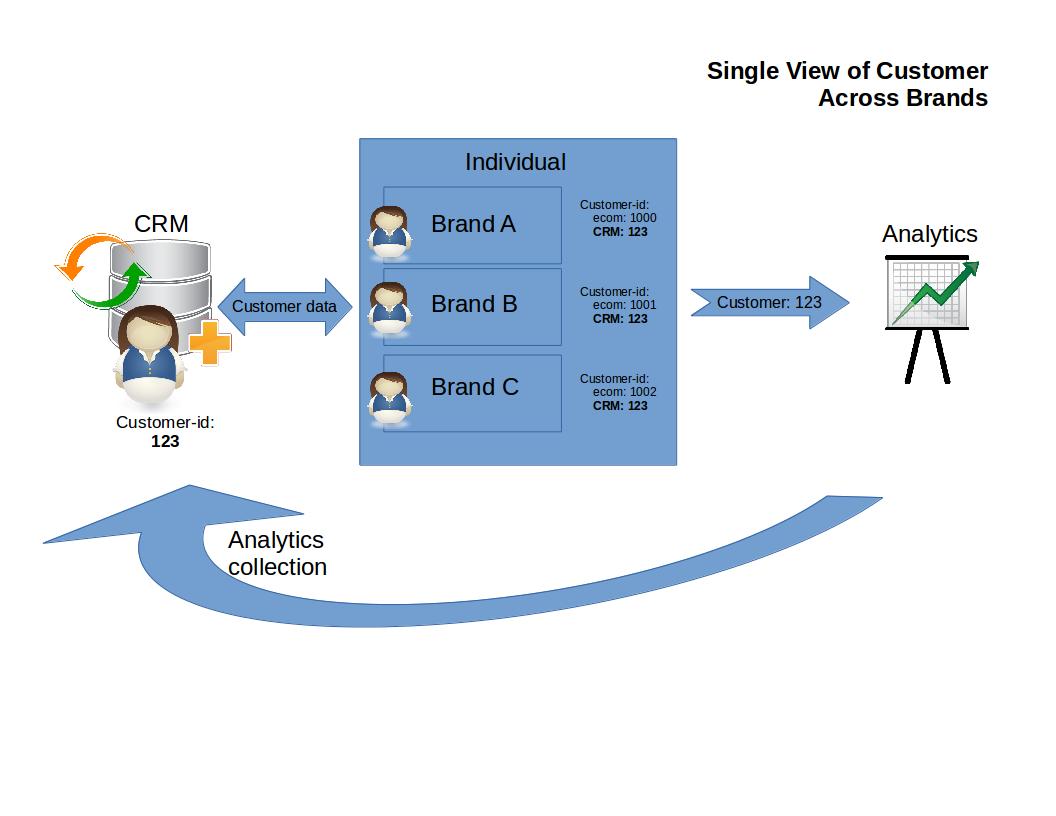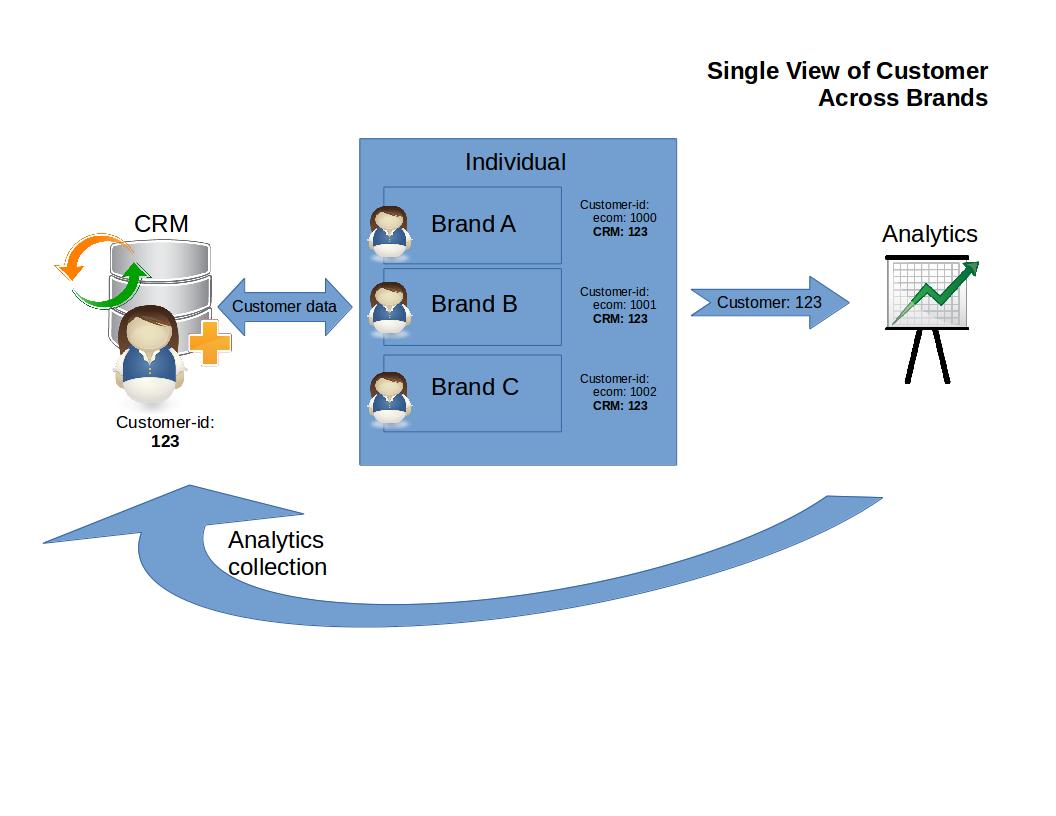
How to Leverage CRM in Demandware to Build Customer Loyalty
By Joseph Greenwood, Technical Architect
Pleased to meet you, hope you guess my name?
In today’s ever advancing, rapidly competitive, always-on, omni-channel eCommerce, a key competitive advantage is understanding your customer across all the ways they interact with your brand. Creating a seamless shopping experience based on this knowledge can increase customer loyalty. Whether you sell basic commodities or high-price luxury goods, loyal customers create repeat business and advocate your brand to others. To build that trust and confidence in your brand, consumers expect you to know and anticipate their needs.
The best place to achieve a single view of your customers is within your customer relationship management (CRM) system. You’ve already been using it to collect “traditional” data such as sales transactions, returns, exchanges, and other relevant business data points, but why not go one step further?
More and more, the trend is to collect and tie together other customer traits and behaviors such as mobile device usage, in-store activity, geo-location/analytics, and social media activity. Armed with this rich and relevant view of the consumer, marketing and sales efforts can be tailored across channels to anticipate customer needs and expectations.
Demandware and Customer Information
From the Demandware perspective, segmenting and targeting the shopper experience is largely accomplished through the concept of “customer groups”. You can have a static customer group, where Demandware expects a source system (such as CRM) to tell it explicitly “here’s my list of ‘big spenders’”. This can be accomplished either by configuring the list manually or pulling it from a feed from a source system. A customer is in the group until they are explicitly removed.
A dynamic customer group is derived from the current or historical session data from the eCommerce channel only. Examples could be customers in a current country (geo IP) or customers who have spent more than $X dollars in the past. A customer may fall in or out of a dynamic customer group automatically depending on their behavior, location, etc. A dynamic customer group can be defined based on custom attribution in the profile which is key when defining groups based on external data (such as from the CRM system).
Once defined as part of a customer group, whether static or dynamic, Demandware sets itself apart as a platform by enabling you to target these groups with specific content, pricing, promotions, and even A/B testing. This is the key to creating an engaging and personalized experience.
A Consolidated View When You Have Multiple Brands
Often, companies who operate multiple brands have Demandware customer databases that stand alone. In these cases, the brands are different enough that a shopper may not have any interest in more than one brand.
On the other hand, a loyal customer may be engaged with more than one brand and have an account for each. Obtaining a single view of the customer can present challenges. Here, you need to roll up the separate customer profiles in Demandware into a “master id” in CRM. The CRM system uses its algorithms to consolidate multiple like accounts into a master and assigns an ID. This ID is then included with a customer update feed back into Demandware.
The Demandware storefront analytics integration then passes along the CRM master ID associated with the account to an analytics team.
Using this approach, both analytics and CRM are aware of the customer’s activity across all brands. This feedback loop then empowers the business with a consolidated view of customer activity and provides enough data to create additional customer groups within Demandware to create more compelling and personalized customer experiences.

With a combination of a good CRM data collection strategy and the use of Demandware customer groups, a truly personalized and relevant omnichannel experience can be achieved, which will please your customers and drive your sales.
Want to learn more? Contact us.
